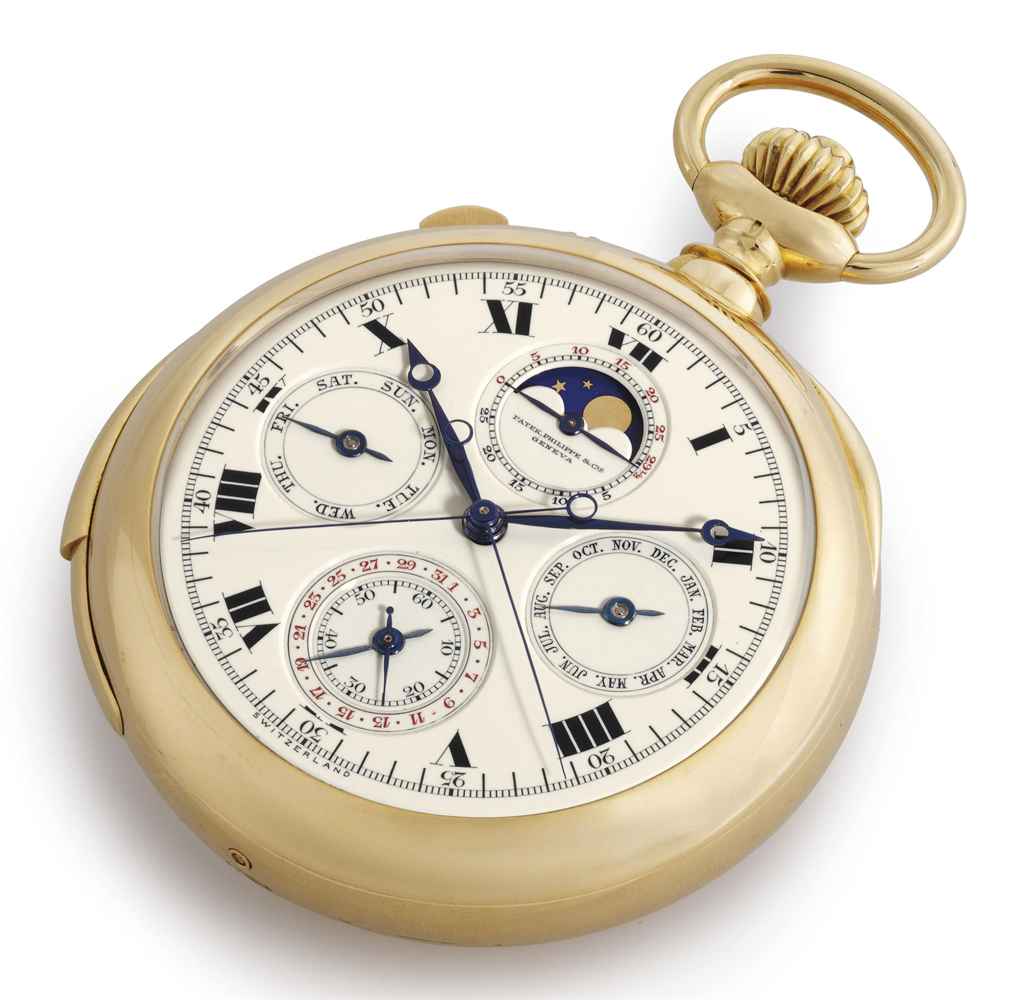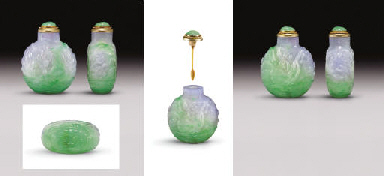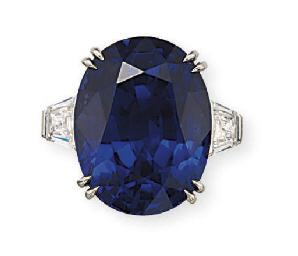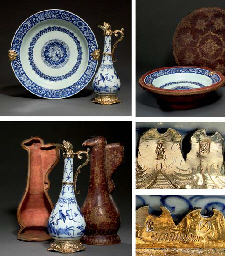A RARE AND IMPORTANT Korean Gilt BRONZE FIGURE OF CHIJANG BOSAL (KSITIGARBHA) Goryeo dynasty (918-1392), 13th/14th century The compassionate bodhisattva shown in the guise of a monk, seated cross-legged in meditation and dressed in flowing robes open at the chest, a long cowl covering the head gathered at the back and secured with a band, the right hand raised with the thumb and middle finger joined in a mudra of teaching and the left hand holding a chintamani (wish-granting jewel or pearl), the urna of inlaid amber, traces of gilding over black lacquer; set on a later fitted wood stand 20 7/8in (53cm) high (figure only) Fußnoten Exhibited and Published Kumja Paik Kim, Goryeo Dynasty: Korea's Age of Enlightenment, Asian Art Museum of San Francisco-Chong-Moon Lee Center for Asian Art and Culture, in cooperation with the National Museum of Korea and Nara National Museum, 2003, exhibition catalogue, October 18, 2003 - January 11, 2004 Published Stephen Little, "A Korean Gilt-Bronze Sculpture of Kshitigarbha Bodhisattva," Orientations, September 2003, pp.52-56 As noted by Stephen Little in the article referred to above, Ksitigarbha's reputation as a savior of deceased children and of tortured souls in the underworld led to his great popularity throughout East Asia, where the earliest extant images of the deity are to be found at the seventh-century Longmen cave complex in China's Henan Province; he is also depicted in paintings of the Five Dynasties period (late ninth-early tenth century), originally preserved at Dunhuang and now in museums in Paris and Kyoto. The Dunhuang paintings represent the deity as a monk and we see him in the same guise in the present lot, with elaborate bracelets, necklace, and a string of jewels suggesting his divine status. When the bodhisattva is shown as the principal figure at the center of a group of attendant deities in Goryeo-dynasty Korean paintings (themselves based on Chinese prototypes), he shares several features in common with the Lewis Collection Chijang Bosal, including the squarish face and upper body as well as similar cowl, urna, cape and jewels; in later Korean versions, whether paintings or sculptures, the cowl and other features are no longer present. Sculptural representations of Ksitigarbha are commonly found in Japanese art but are extremely rare in Korea; only one other Goryeo-dynasty Korean bronze figure of the deity is known, a smaller and less ambitious work in a Japanese private collection.
A RARE AND IMPORTANT Korean Gilt BRONZE FIGURE OF CHIJANG BOSAL (KSITIGARBHA) Goryeo dynasty (918-1392), 13th/14th century The compassionate bodhisattva shown in the guise of a monk, seated cross-legged in meditation and dressed in flowing robes open at the chest, a long cowl covering the head gathered at the back and secured with a band, the right hand raised with the thumb and middle finger joined in a mudra of teaching and the left hand holding a chintamani (wish-granting jewel or pearl), the urna of inlaid amber, traces of gilding over black lacquer; set on a later fitted wood stand 20 7/8in (53cm) high (figure only) Fußnoten Exhibited and Published Kumja Paik Kim, Goryeo Dynasty: Korea's Age of Enlightenment, Asian Art Museum of San Francisco-Chong-Moon Lee Center for Asian Art and Culture, in cooperation with the National Museum of Korea and Nara National Museum, 2003, exhibition catalogue, October 18, 2003 - January 11, 2004 Published Stephen Little, "A Korean Gilt-Bronze Sculpture of Kshitigarbha Bodhisattva," Orientations, September 2003, pp.52-56 As noted by Stephen Little in the article referred to above, Ksitigarbha's reputation as a savior of deceased children and of tortured souls in the underworld led to his great popularity throughout East Asia, where the earliest extant images of the deity are to be found at the seventh-century Longmen cave complex in China's Henan Province; he is also depicted in paintings of the Five Dynasties period (late ninth-early tenth century), originally preserved at Dunhuang and now in museums in Paris and Kyoto. The Dunhuang paintings represent the deity as a monk and we see him in the same guise in the present lot, with elaborate bracelets, necklace, and a string of jewels suggesting his divine status. When the bodhisattva is shown as the principal figure at the center of a group of attendant deities in Goryeo-dynasty Korean paintings (themselves based on Chinese prototypes), he shares several features in common with the Lewis Collection Chijang Bosal, including the squarish face and upper body as well as similar cowl, urna, cape and jewels; in later Korean versions, whether paintings or sculptures, the cowl and other features are no longer present. Sculptural representations of Ksitigarbha are commonly found in Japanese art but are extremely rare in Korea; only one other Goryeo-dynasty Korean bronze figure of the deity is known, a smaller and less ambitious work in a Japanese private collection.









.jpg)
.jpg)
.jpg)
.jpg)
.jpg)
.jpg)
Try LotSearch and its premium features for 7 days - without any costs!
Be notified automatically about new items in upcoming auctions.
Create an alert